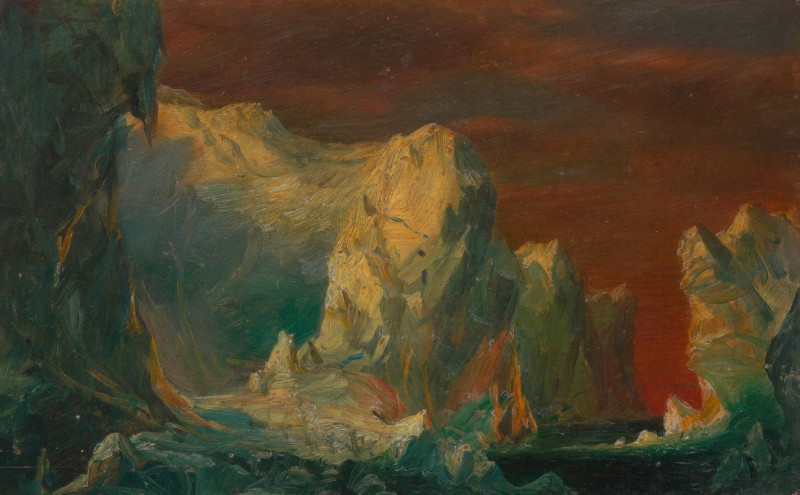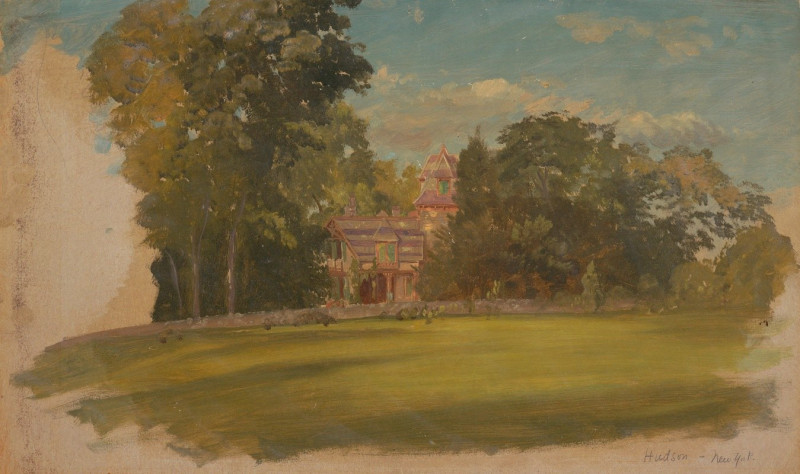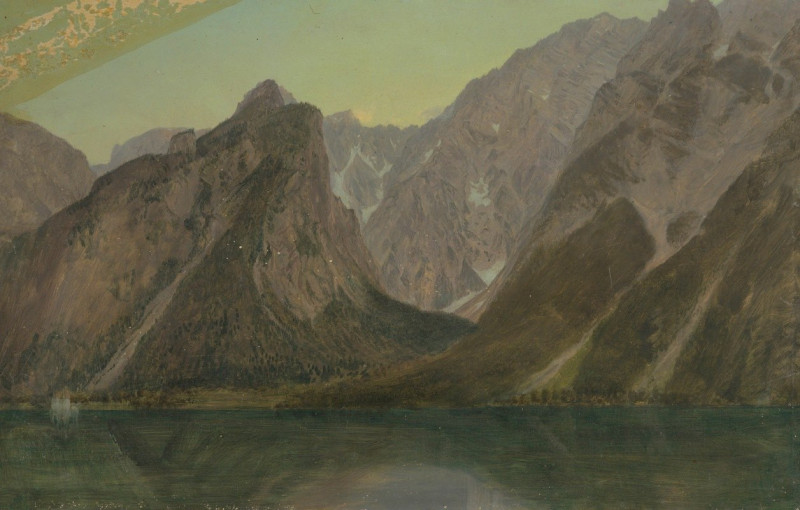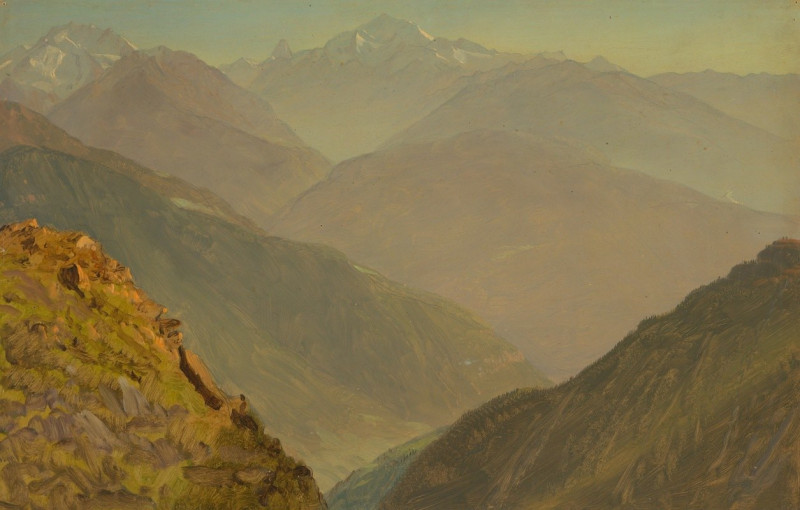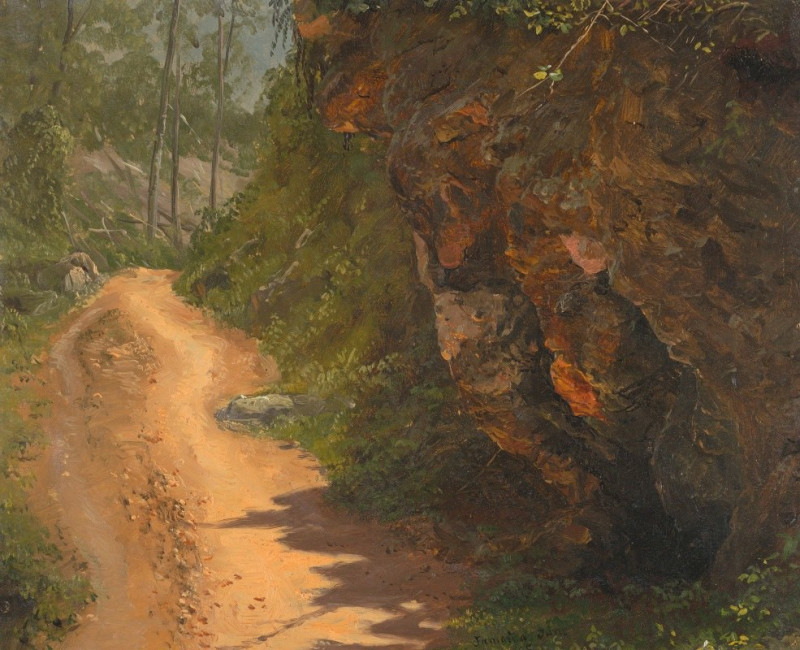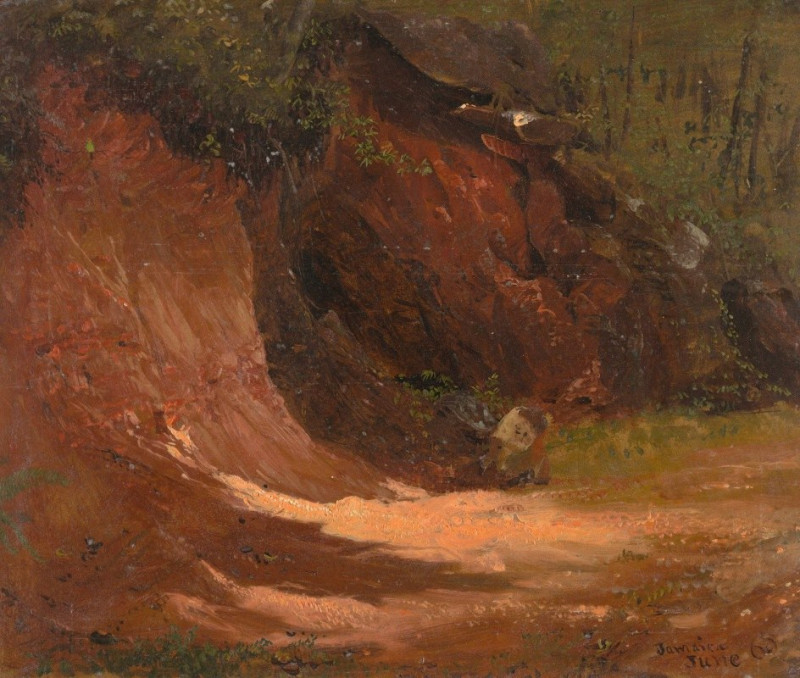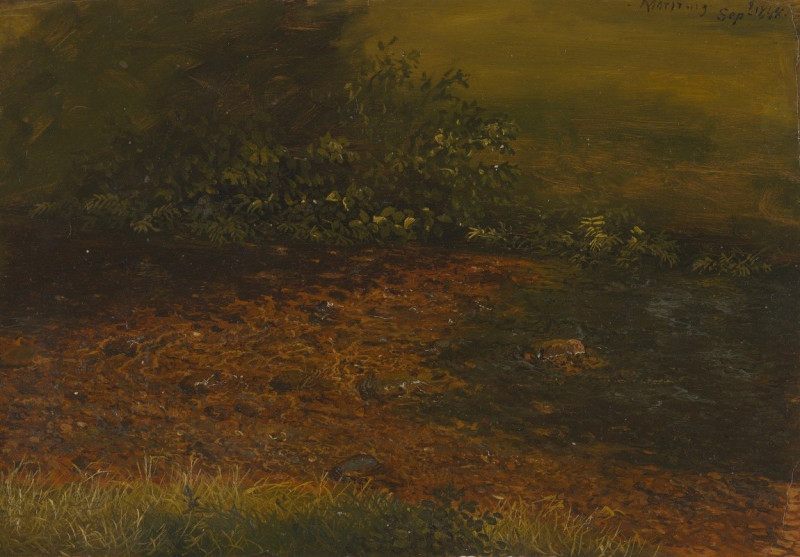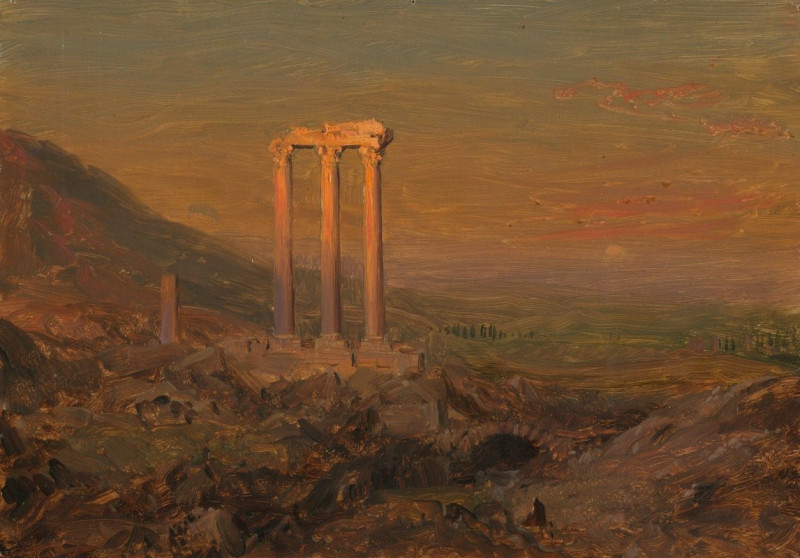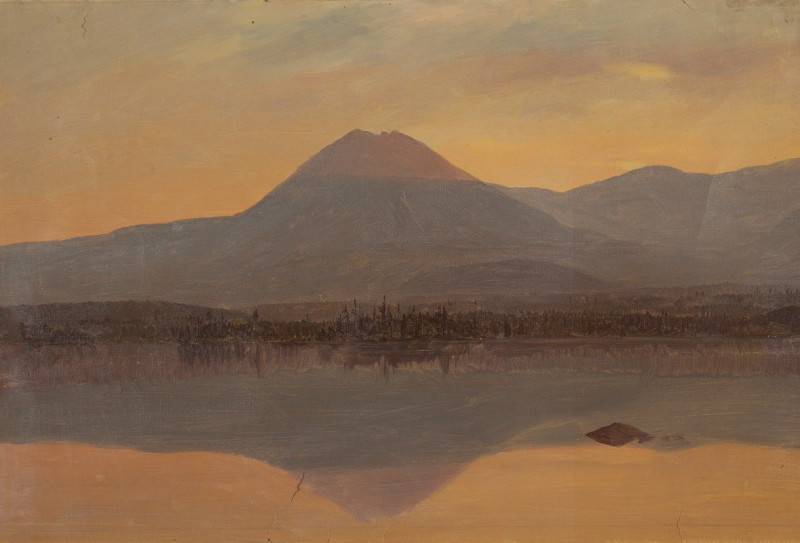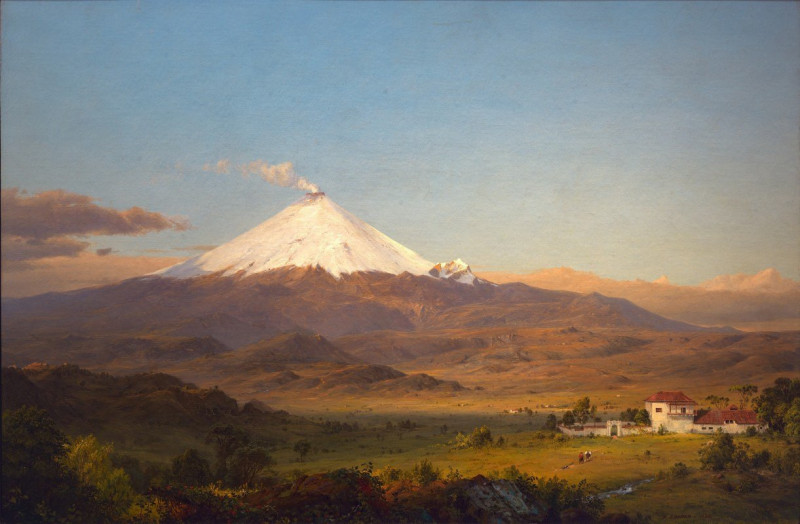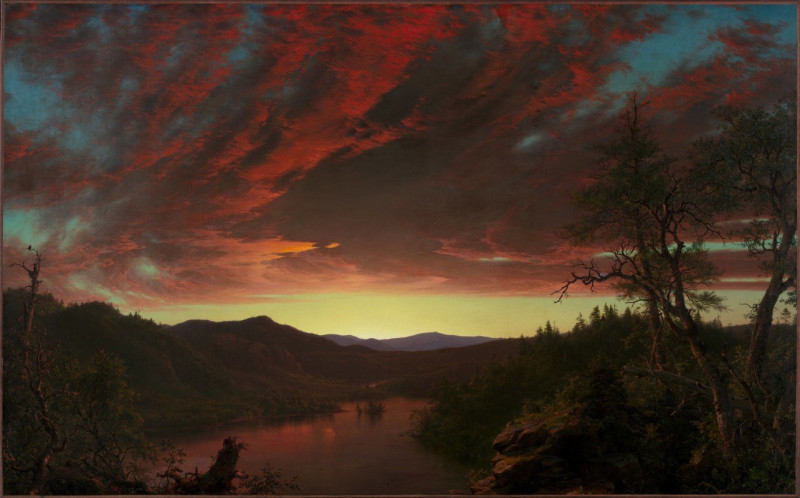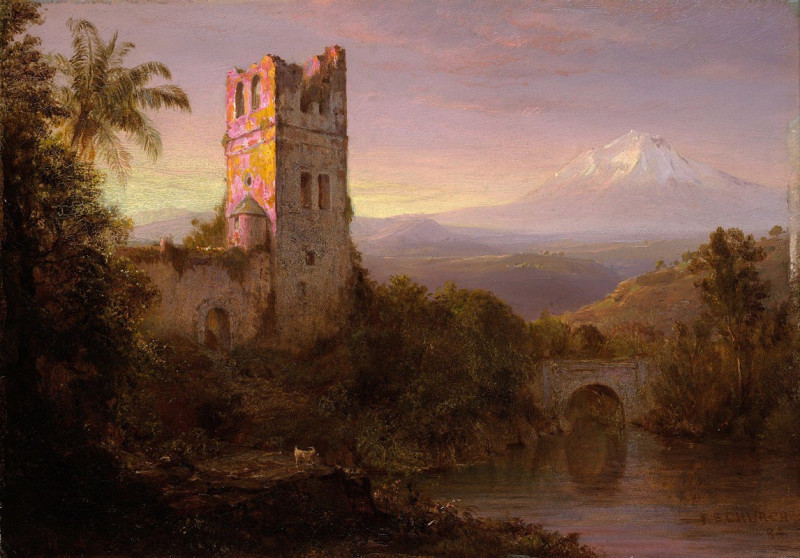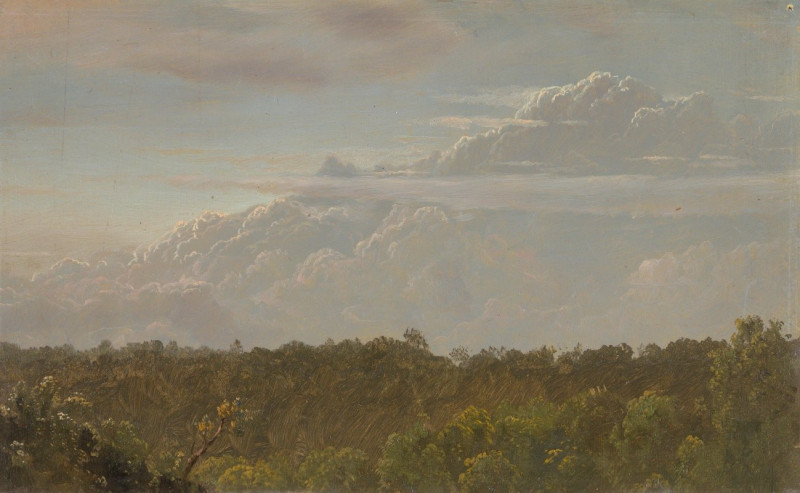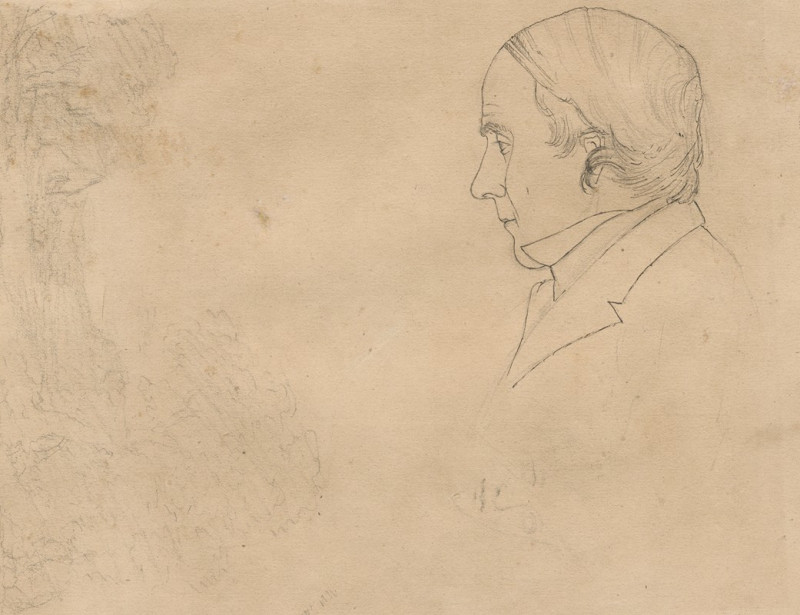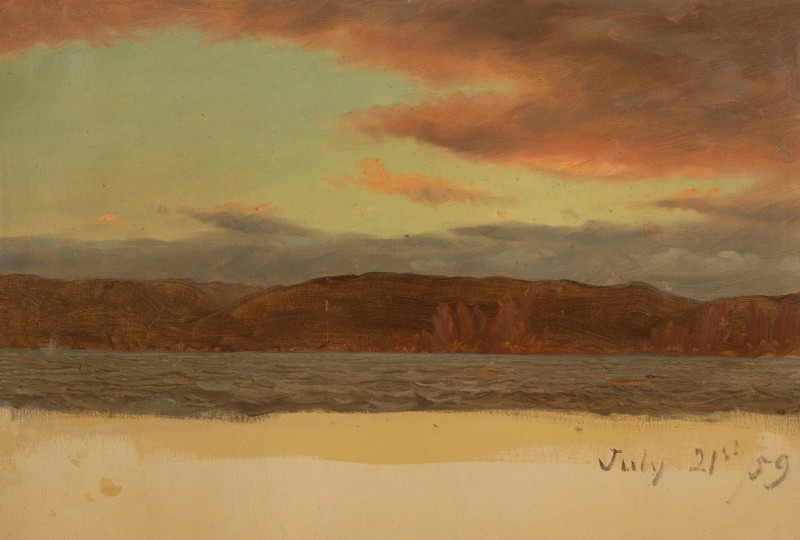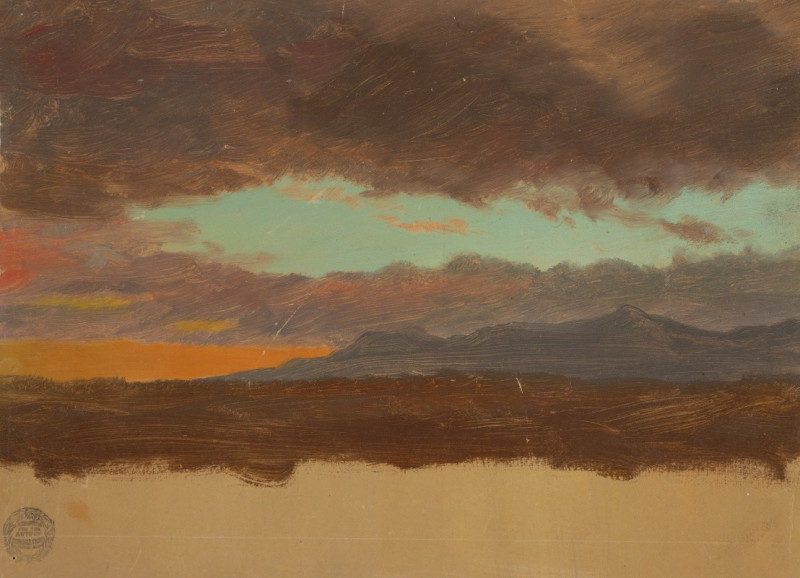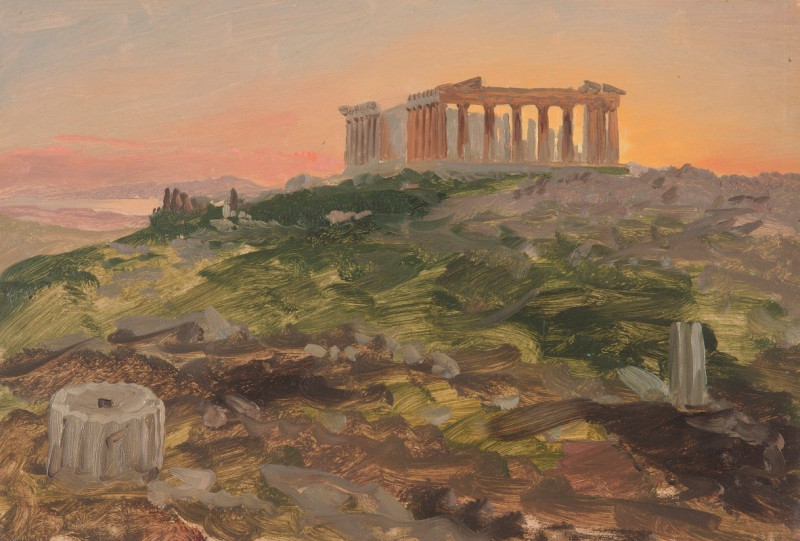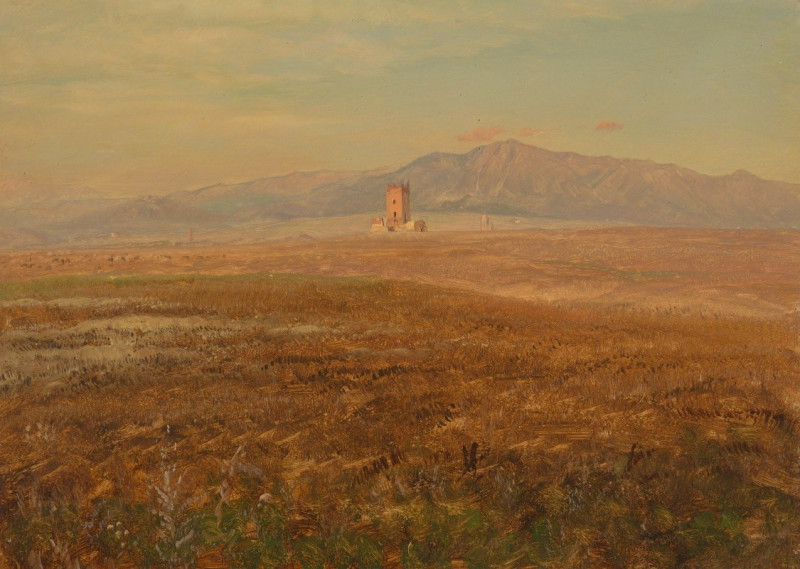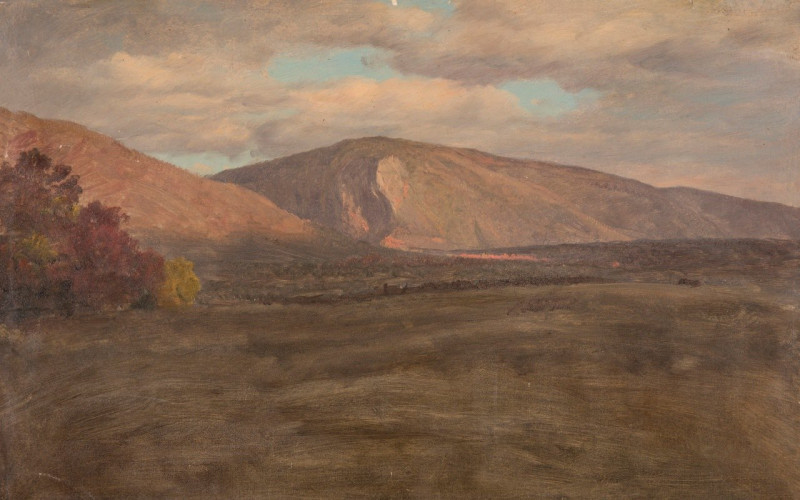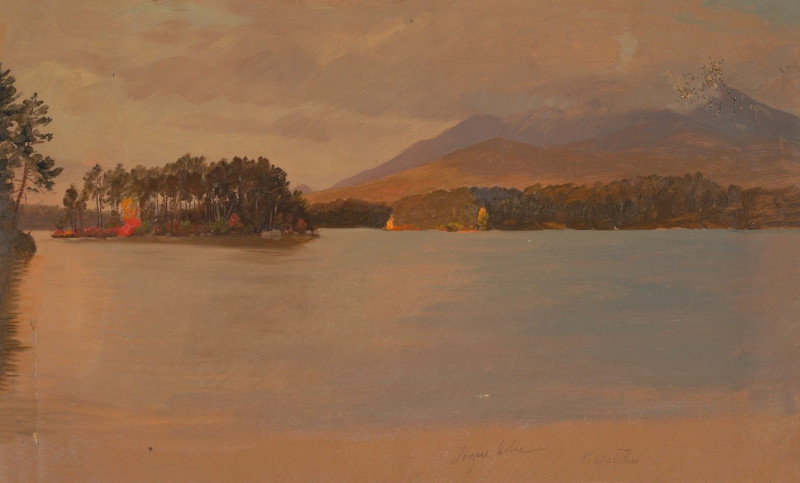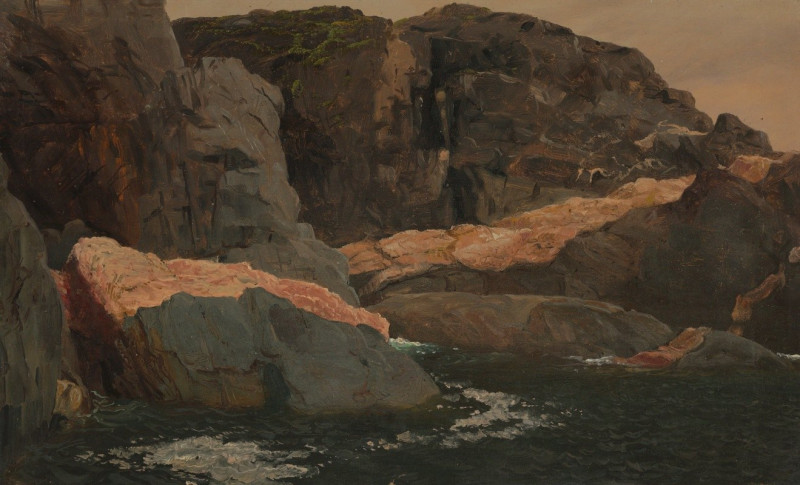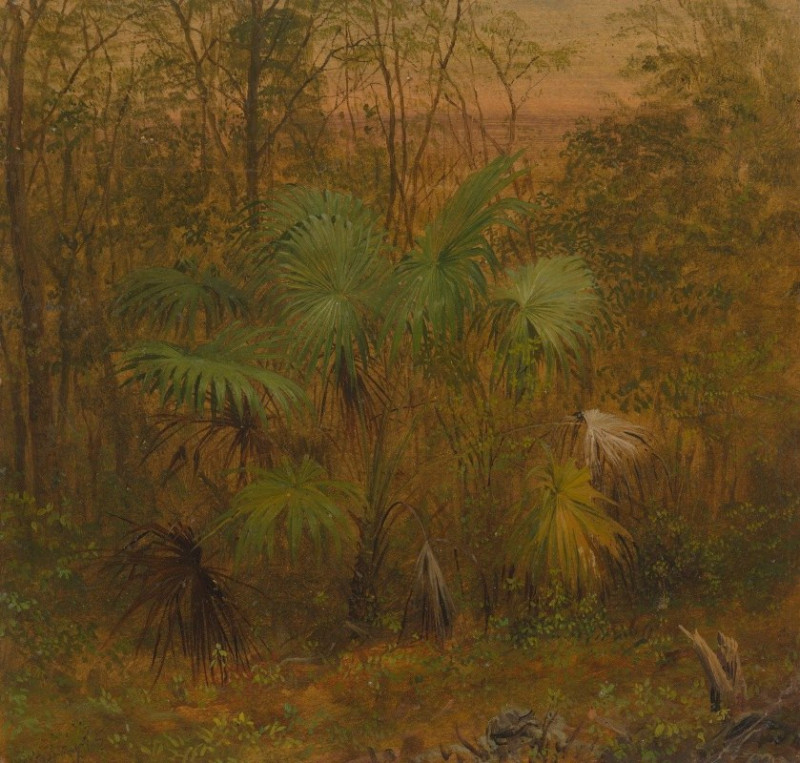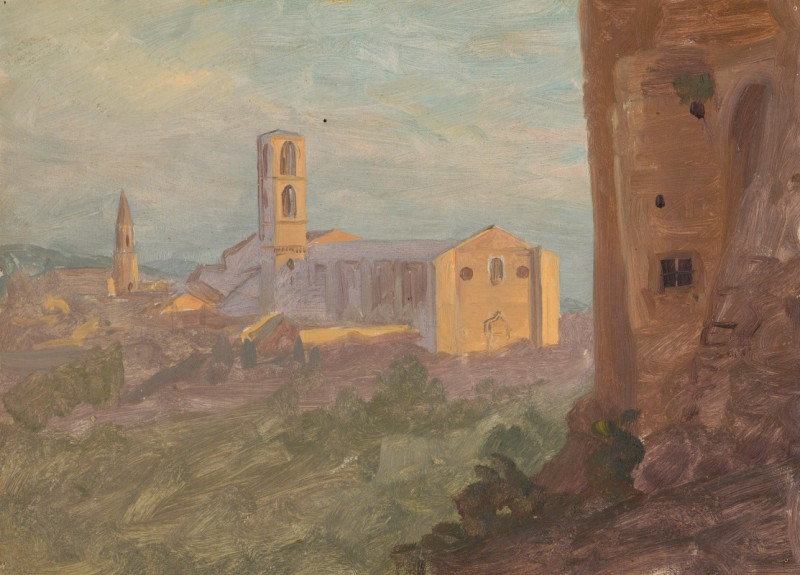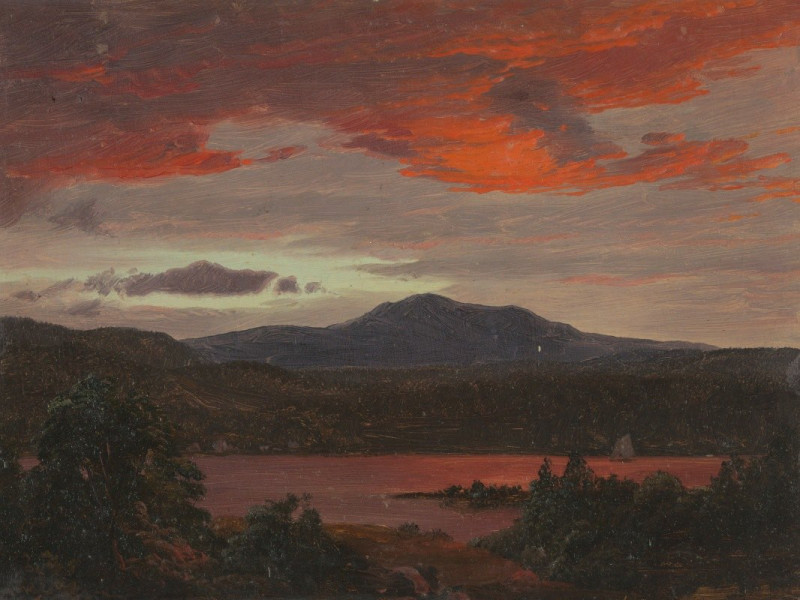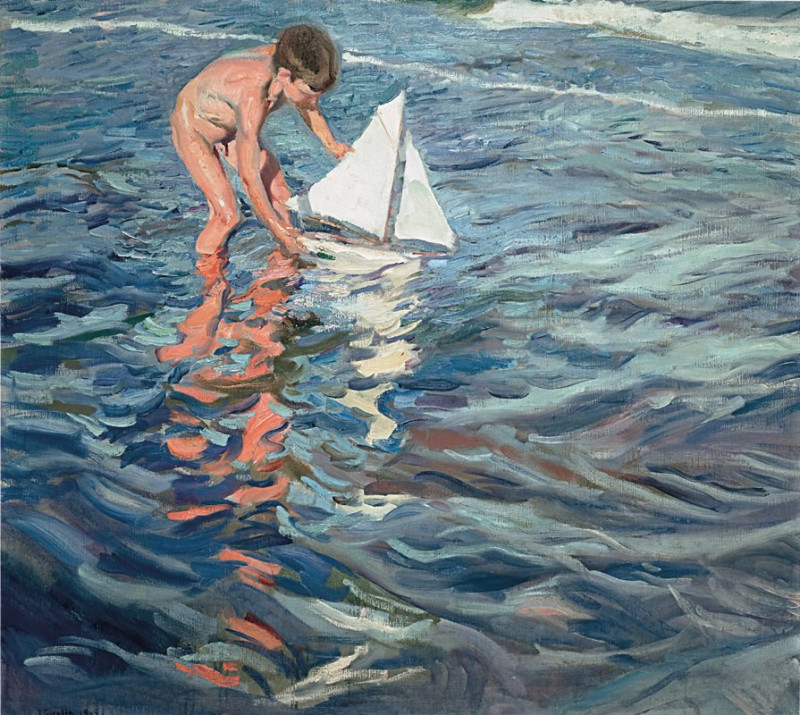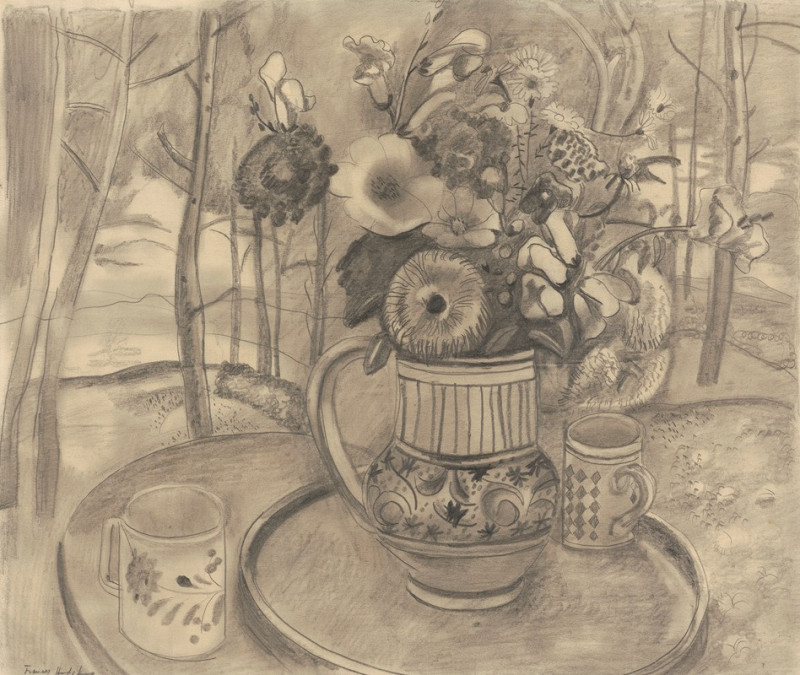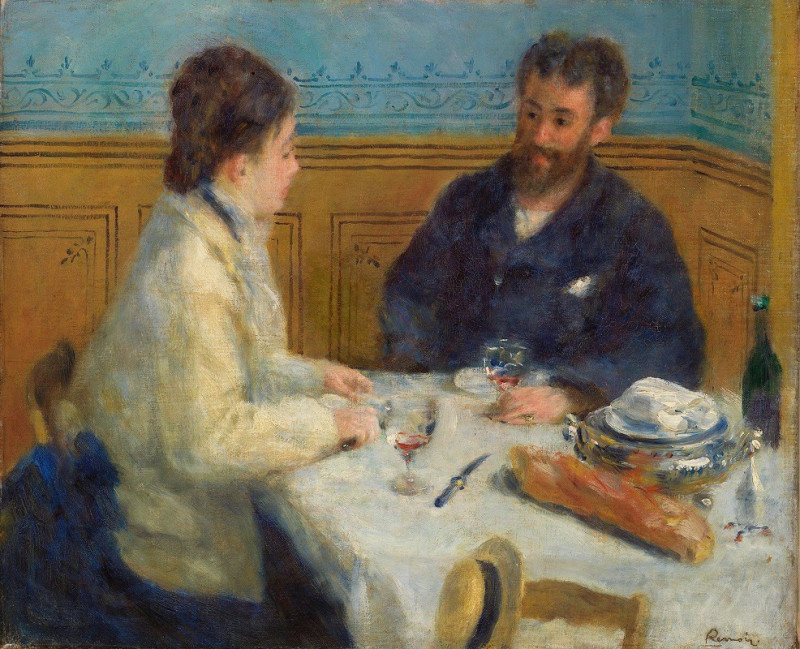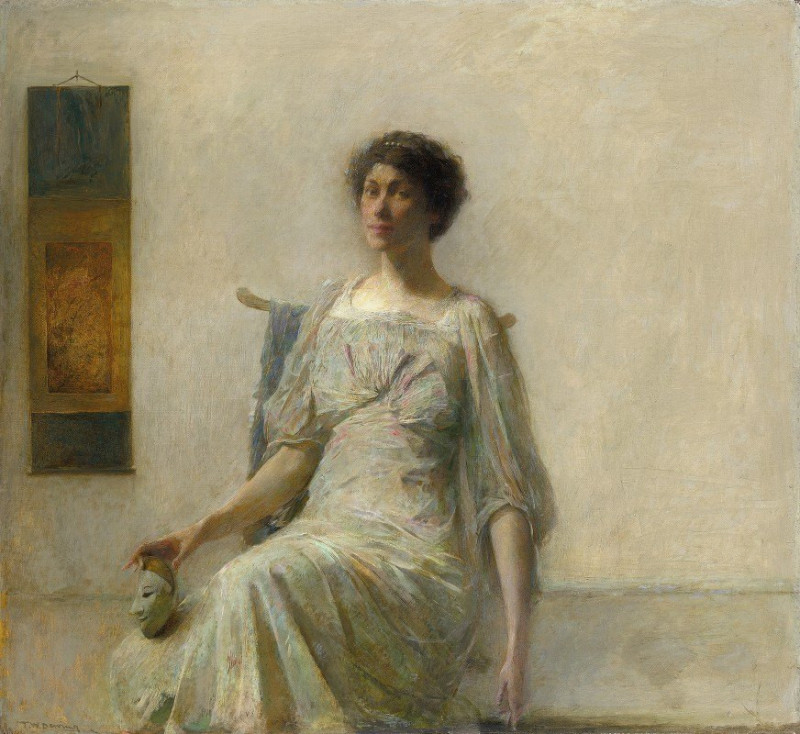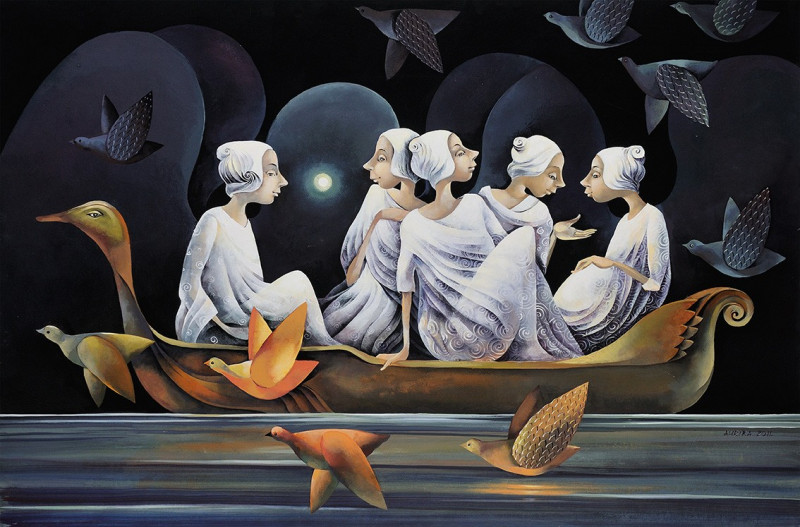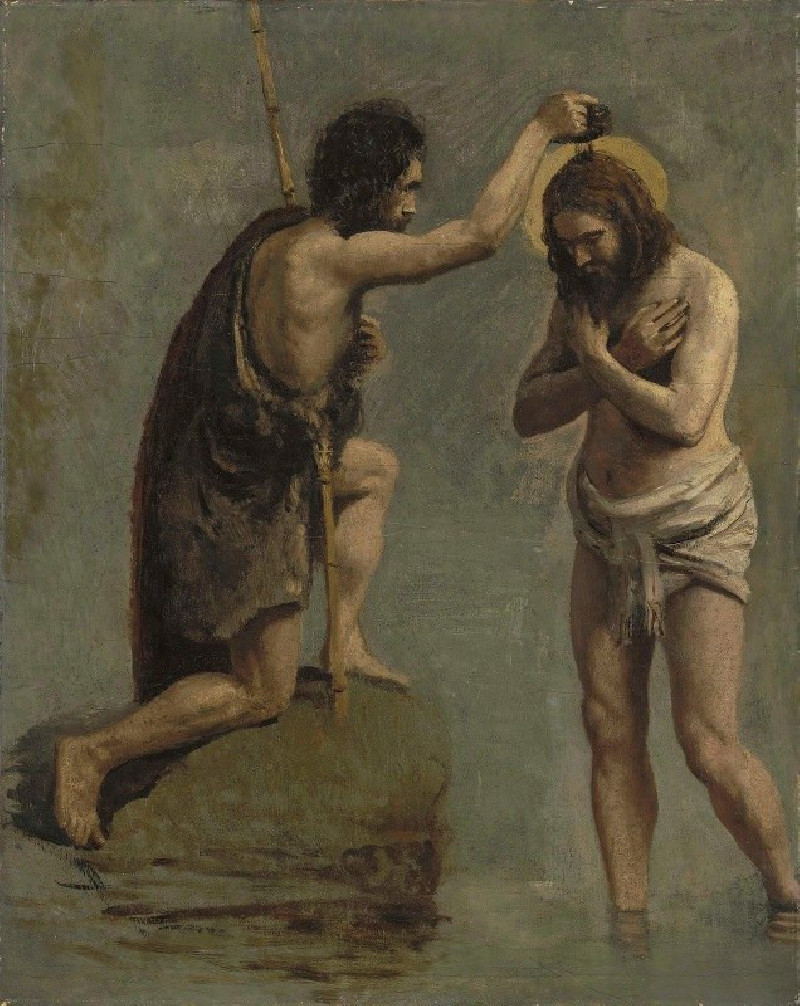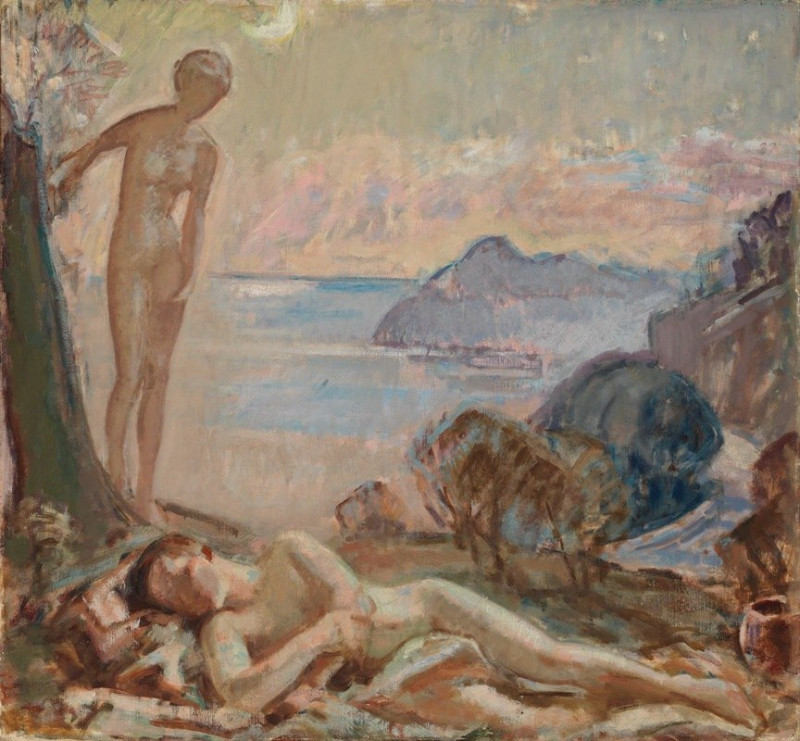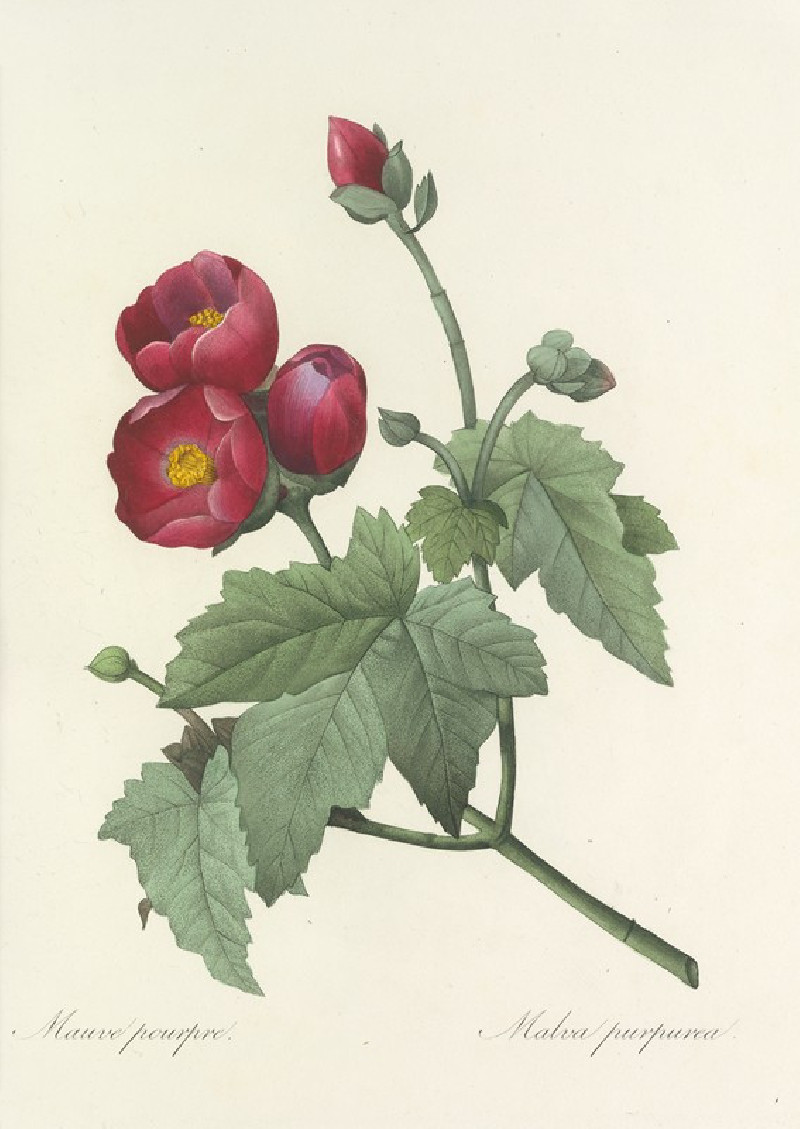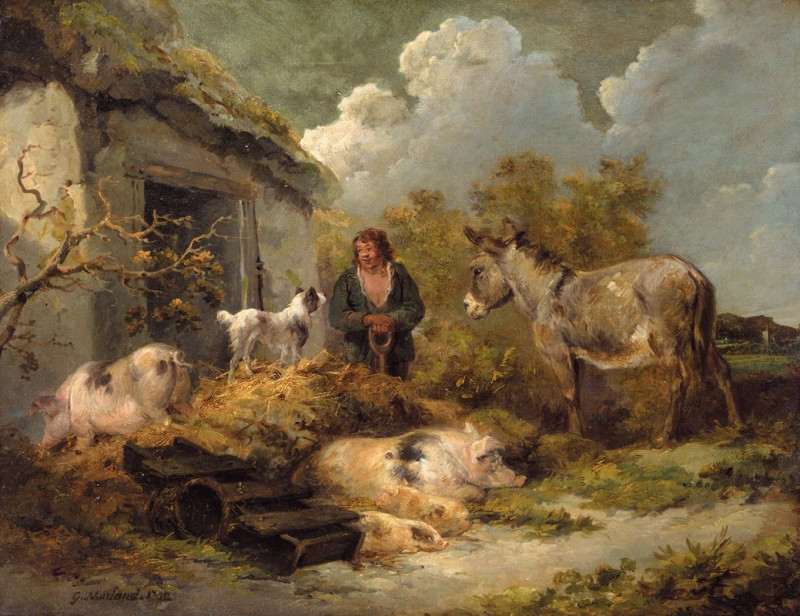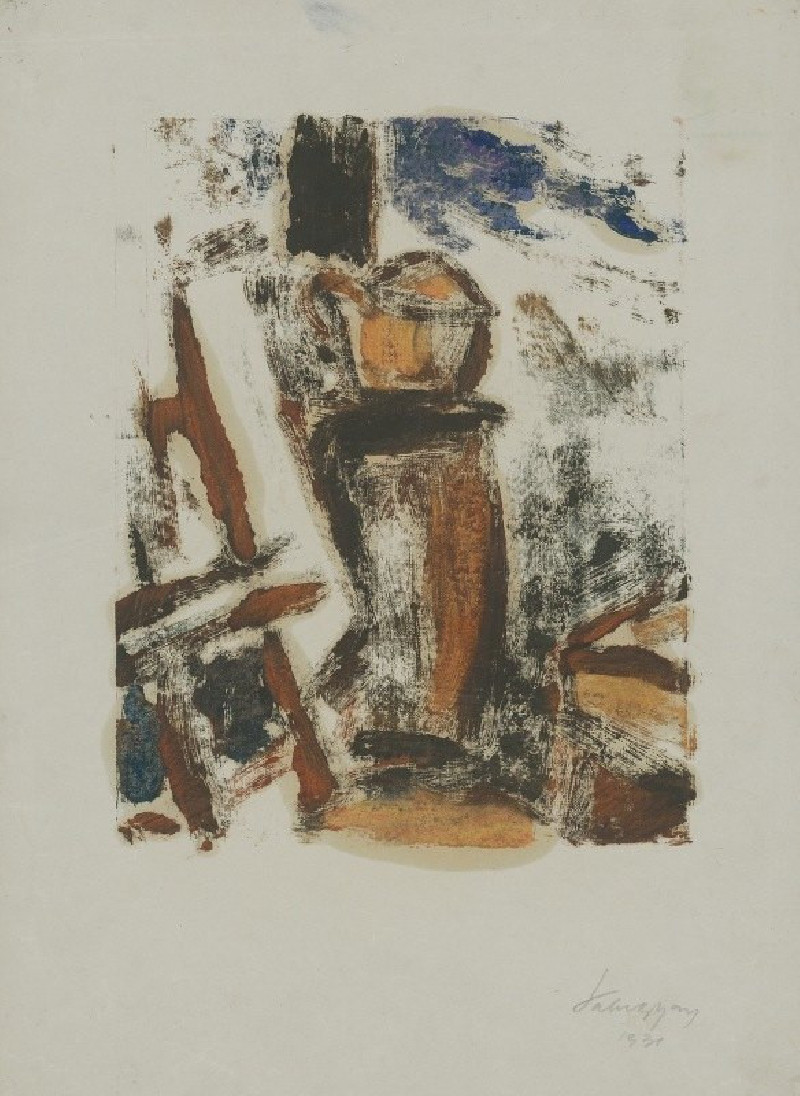Iceberg Fantasy (probably 1859)
Technique: Giclée quality print
Recommended by our customers
More about this artwork
** Frederic Edwin Church, a master of the American landscape tradition, presents a hauntingly surreal view in his painting titled "Iceberg Fantasy." Created around 1859, this artwork departs from Church's often detailed and expansive landscapes, inviting viewers into a more mysterious, almost fantastical setting.In "Iceberg Fantasy," the composition features monumental ice formations that rise dramatically from a dark, icy sea. The icebergs are depicted with rugged, almost sculptural surfaces, illuminated by a striking interplay of light and color. Church uses vibrant greens, stark whites, and deep oranges to accentuate the forms, giving them an otherworldly glow against the ominous, reddish-brown sky. This unusual choice of palette enhances the fantastical and ethereal quality of the scene, suggesting the sublime nature of these frozen giants at the edge of the world.The perspective Church uses draws the eye into the center of the painting, where the icebergs converge, suggesting both depth and immense scale. The texture of the brushwork adds to the visceral feeling of the cold, harsh environment, while also lending a sense of movement as if the icebergs are continuously reshaping themselves."Iceberg Fantasy" can be interpreted as an exploration of the sublime and formidable power of nature, a theme recurrent in Church's works. It also reflects the period's fascination with remote and exotic landscapes, as well as the romantic and sometimes daunting depiction of nature's majesty.
Delivery
Returns
Frederic Edwin Church (May 4, 1826 – April 7, 1900) was an American landscape painter born in Hartford, Connecticut. He was a central figure in the Hudson River School of American landscape painters, best known for painting large landscapes, often depicting mountains, waterfalls, and sunsets. Church's paintings put an emphasis on realistic detail, dramatic light, and panoramic views. He debuted some of his major works in single-painting exhibitions to a paying and often enthralled audience in New York City. In his prime, he was one of the most famous painters in the United States.

